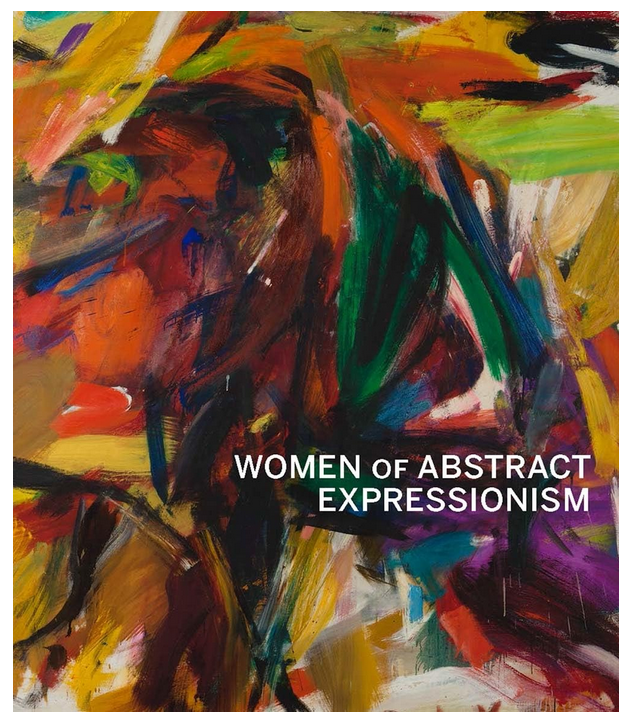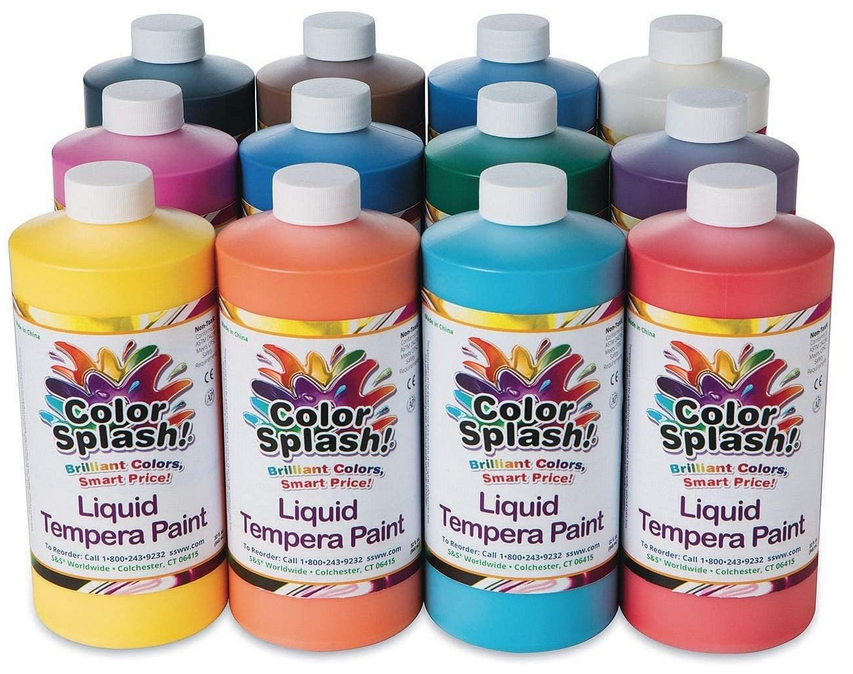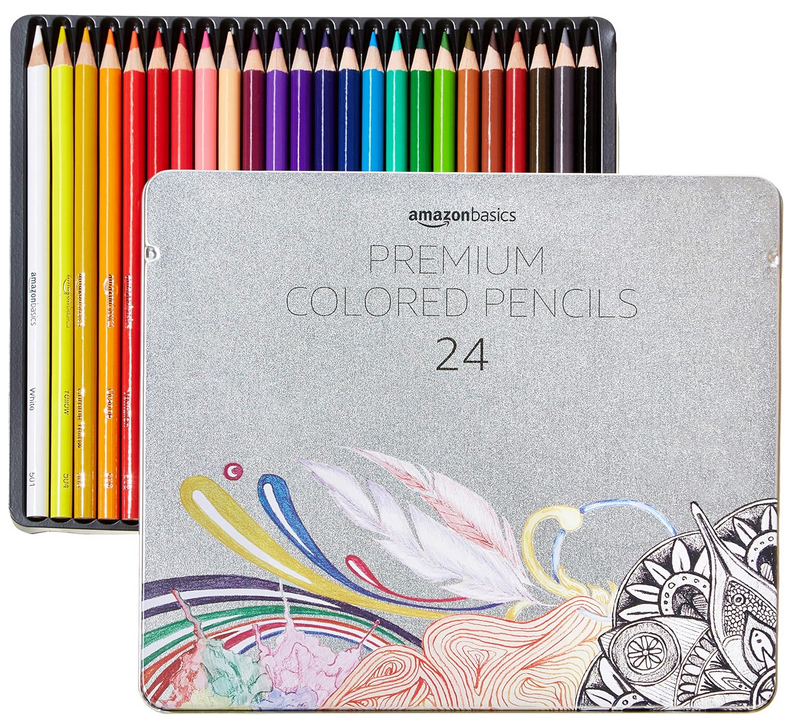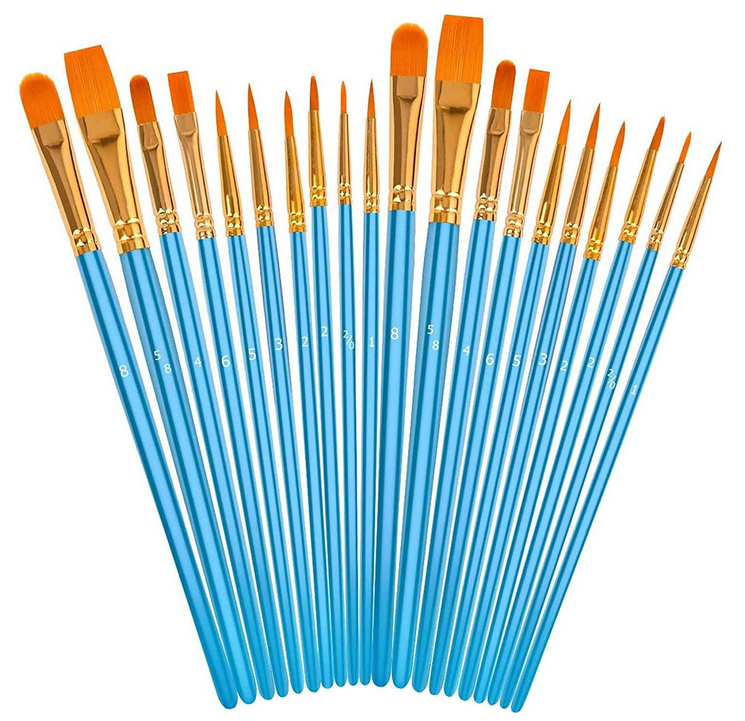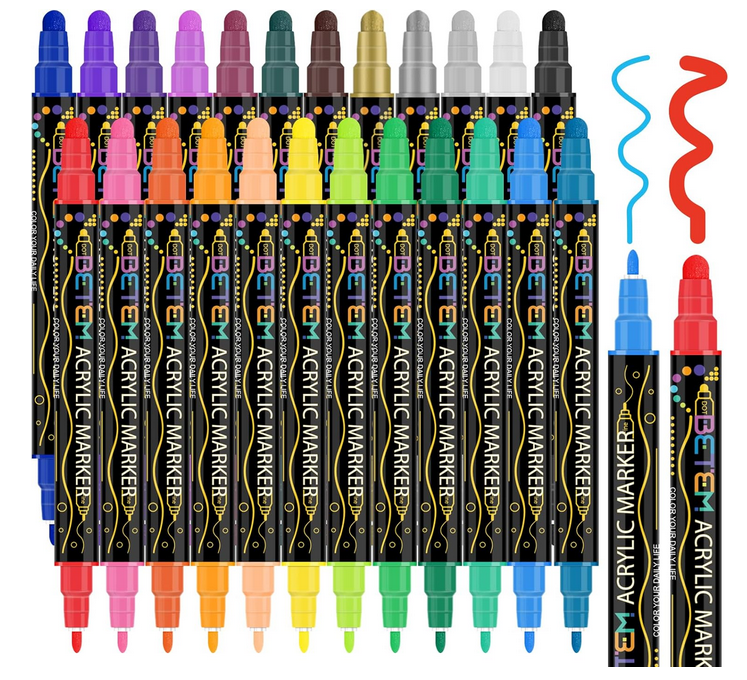- Home
- Art History
- Art History Abstract Expressionism
Abstract Expressionism
Abstract expressionism is an art movement in American painting after World War II. It grew amongst painters in New York City in the 1940s. It was the first specifically American movement to achieve international influence and put New York at the center of the Western art world, a role formerly filled by Paris.
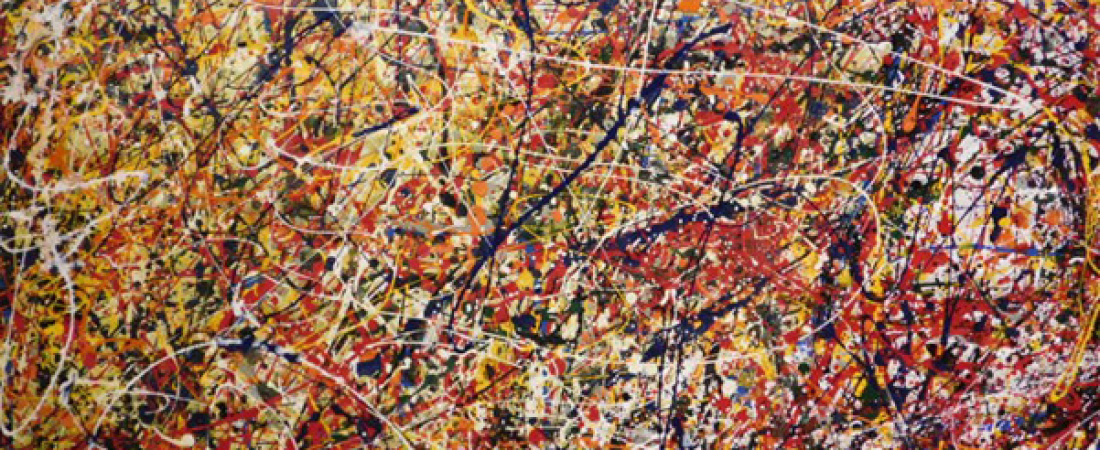 One well-known painter from this school was Jackson Pollock. Many of his paintings looked like drips of paint on canvas.
One well-known painter from this school was Jackson Pollock. Many of his paintings looked like drips of paint on canvas.As Europe struggled to recover from World War II, America moved into a position of political, economic, and cultural strength.
From 1943 until the mid 1950s, Abstract Expressionism emerged as the first specifically American art movement to have an international impact. Consequently, the art world's focus shifted from Europe to New York. Originally called the "New York School," the Abstract Expressionists first held exhibitions during the mid-1940s.
|
Key Artists:
|
They were a small group of loosely associated artists who had similar outlooks but different approaches. Broadly inspired by Surrealism, they believed in spontaneity, freedom of expression and abandonment of the themes of American life that had characterized national art of recent decades. |
|
The impact of World War II helped to instigate the movement. Horrified by its atrocities, the artists expressed their feelings through painting, inspired by the surrealist technique of automatism, though it is evident that mostly they were well able to direct their art. They created dynamic, energetic art, sometimes also for its scale, which was known alternatively as Action Painting. |
Key Developments
- Abstract Expressionists aimed to find something beneath superficial appearances and to express their inner emotions.
- Jackson Pollock (1912-1956) was the main advocate.
- Pollock's radical expressive technique involved pouring, flicking, and dripping paint on to huge unprimed canvases on the ground.
- Pollock used sticks, knives and the whole body to create his paintings.
Okay, so now I've put on some ads from Amazon - from which I may earn a few cents. (2025)
